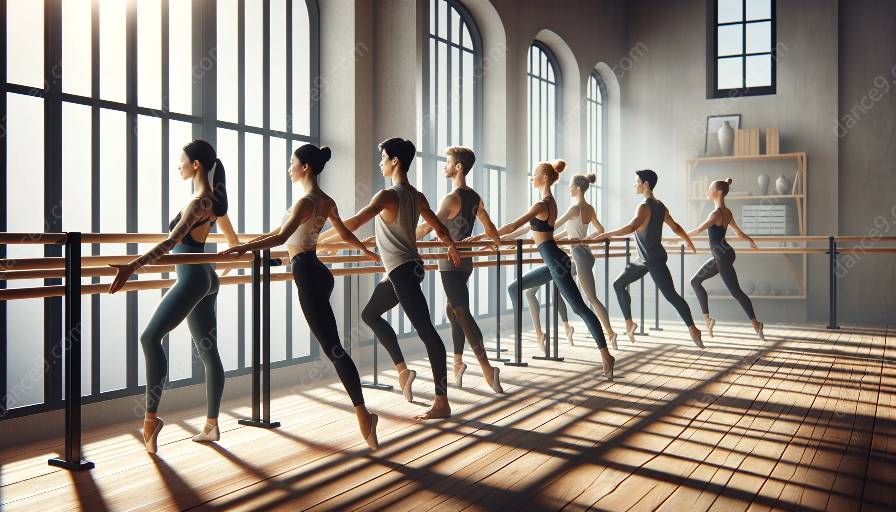Dance is a demanding and highly competitive art form that requires dancers to continuously strive for improvement in their performance quality and skill level. While dance classes offer structured training programs to hone technique and artistry, incorporating barre exercises into a dancer's routine can further enhance their physical and technical abilities. Barre, a foundational tool in ballet training, has gained popularity across various dance disciplines for its ability to build strength, flexibility, alignment, and muscular endurance.
Benefits of Barre for Dancers
Barre exercises are designed to target specific muscle groups used in dance movements, making them an excellent complement to traditional dance training. The benefits of incorporating barre into dance classes include:
- Strength Building: Barre exercises engage muscles through repetitive movements and isometric contractions, helping dancers develop greater strength and stability in their legs, core, and upper body.
- Flexibility Improvement: The combination of stretching and strengthening movements at the barre contributes to enhanced flexibility and range of motion, which are vital for executing dance choreography with fluidity and precision.
- Alignment and Posture Enhancement: Barre exercises promote proper alignment, body awareness, and posture, assisting dancers in maintaining a strong and balanced body position while performing intricate dance sequences.
- Muscular Endurance: The repetitive nature of barre exercises builds muscular endurance, enabling dancers to sustain the physical demands of longer rehearsals and performances.
Techniques for Using Barre in Dance Training
Integrating barre into dance classes requires a thoughtful approach to ensure that its incorporation complements the existing curriculum and promotes dancers' overall development. Here are some techniques for effectively using barre in dance training:
- Warm-Up and Conditioning: Begin dance classes with a series of barre exercises to warm up the muscles, increase blood flow, and prepare the body for more intense movements.
- Technique Refinement: Use barre work to focus on specific technical elements such as turnout, extension, and footwork, allowing dancers to refine their execution of fundamental steps and positions.
- Progressive Resistance: Incorporate resistance bands, hand weights, or stability balls during barre exercises to provide varying levels of resistance and challenge dancers to progress in their strength and control.
- Recovery and Regeneration: Utilize the barre for gentle stretching and mobility exercises to aid in muscle recovery and prevent injuries, particularly after strenuous dance rehearsals or performances.
Conclusion
By integrating barre exercises into dance training, instructors can enhance the performance quality and skill level of their dancers, leading to improved technique, physical conditioning, and overall artistry. As dancers embrace the physical and mental benefits of barre work, they will further develop the strength, flexibility, and alignment necessary for achieving excellence in their craft.
Embracing barre as a valuable tool in dance classes empowers dancers to reach new levels of proficiency, elevating their artistry and contributing to a more dynamic and expressive dance performance.













































































